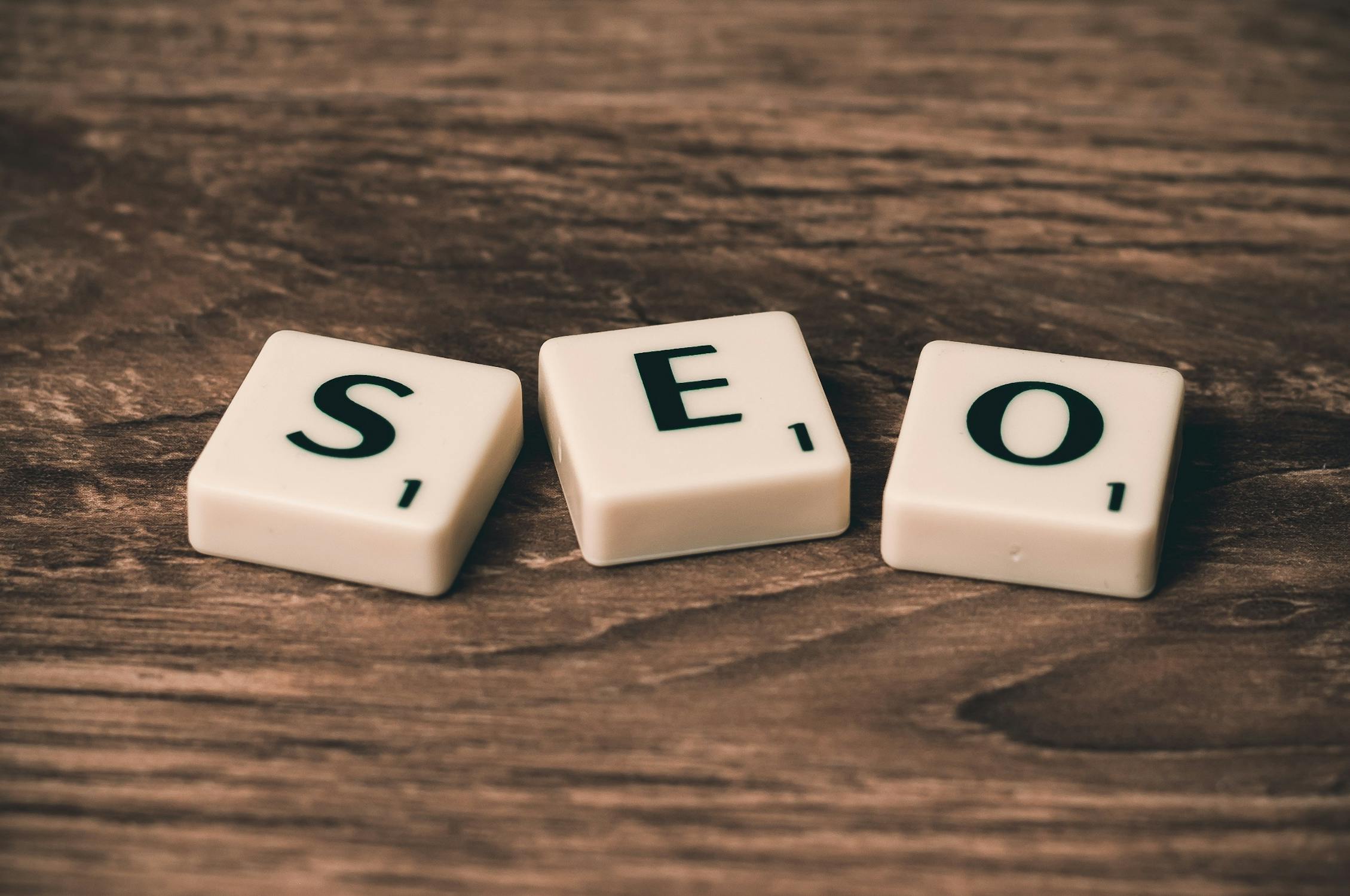4 On-Page SEO Strategies to Boost Your Rankings in 2024
Optimizing your website for search engines involves more than just off-page strategies. On-page SEO plays a crucial role in improving your site's visibility and ranking. By refining elements such as content quality, HTML tags, and internal links, you can enhance user experience and make your site more attractive to search engines. This guide focuses on ten effective on-page SEO strategies that will help you boost your rankings in 2024.
1. High-Quality Content
Creating high-quality content remains one of the most important aspects of on-page SEO. Quality content engages readers, keeps them on your site longer, and reduces bounce rates. To ensure your content is valuable, focus on original research, comprehensive guides, and unique perspectives. According to Search Engine Journal, websites with well-researched articles tend to rank higher in search results.
Incorporating keywords naturally within your content is also vital. Keyword stuffing can lead to penalties from search engines, so aim for a balanced approach where keywords are seamlessly integrated into the text. Tools like Google Keyword Planner can help you identify relevant keywords to target.
Furthermore, updating your content regularly to keep it fresh and relevant is essential. Outdated information can negatively impact user experience and search engine rankings. Consider conducting periodic content audits to identify areas for improvement.
2. Optimized HTML Tags
Proper use of HTML tags can significantly influence your website's SEO performance. Title tags should be descriptive and include primary keywords to help search engines understand the content of each page. Aim for titles that are between 50-60 characters to ensure they display correctly in search results.
Meta descriptions also play a role in attracting clicks from search engine results pages (SERPs). Craft compelling meta descriptions that provide a clear summary of the page's content while incorporating relevant keywords. Although meta descriptions do not directly impact rankings, they can improve click-through rates (CTR).
Header tags (H1, H2, H3) are used to structure your content logically. The H1 tag should contain the main keyword and reflect the page's primary topic. Subheadings (H2, H3) break down the content into manageable sections, making it easier for both users and search engines to navigate.
3. Internal Linking
Internal linking refers to linking one page of your website to another within the same domain. This practice helps distribute link equity across your site and enhances the overall user experience by guiding visitors to related content. According to Moz, internal links can improve the crawlability of your site by helping search engines discover new pages.
Create a logical internal linking structure by linking to relevant pages with descriptive anchor text. Avoid using generic phrases like "click here" as anchor text; instead, use keywords that accurately describe the linked page's content.

Additionally, ensure that important pages receive more internal links to signal their significance to search engines. Regularly update old articles with links to new content to maintain a cohesive and interconnected site structure.
- Create a logical internal linking structure
- Use descriptive anchor text
- Link important pages frequently
- Update old articles with new links
4. Mobile Optimization
With mobile devices accounting for over half of global web traffic, mobile optimization is crucial for on-page SEO. A mobile-friendly site ensures that users have a positive experience regardless of the device they use. Google uses mobile-first indexing, meaning it predominantly uses the mobile version of content for indexing and ranking.
Responsive design is one effective way to achieve mobile optimization. This design approach ensures that your website adapts seamlessly to different screen sizes and orientations without compromising functionality or user experience.
Page speed is another critical factor in mobile optimization. Slow-loading pages can lead to higher bounce rates and lower rankings. Utilize tools like Google PageSpeed Insights to identify areas where you can improve load times on both desktop and mobile devices.
| Strategy | Description |
|---|---|
| Responsive Design | A design approach that ensures a website adapts seamlessly across various devices and screen sizes. |
| Improved Page Speed | Enhancing load times using tools like Google PageSpeed Insights for better performance on all devices. |
| User Experience (UX) | Ensuring an intuitive layout and easy navigation for a positive user experience. |
| Mobile-First Indexing | Google's practice of using the mobile version of a site for indexing and ranking. |
The importance of optimizing images cannot be overstated either; large images can slow down your site significantly on mobile devices. Compress images without losing quality using tools like TinyPNG or ImageOptim, and use appropriate image formats like WebP for faster loading times.